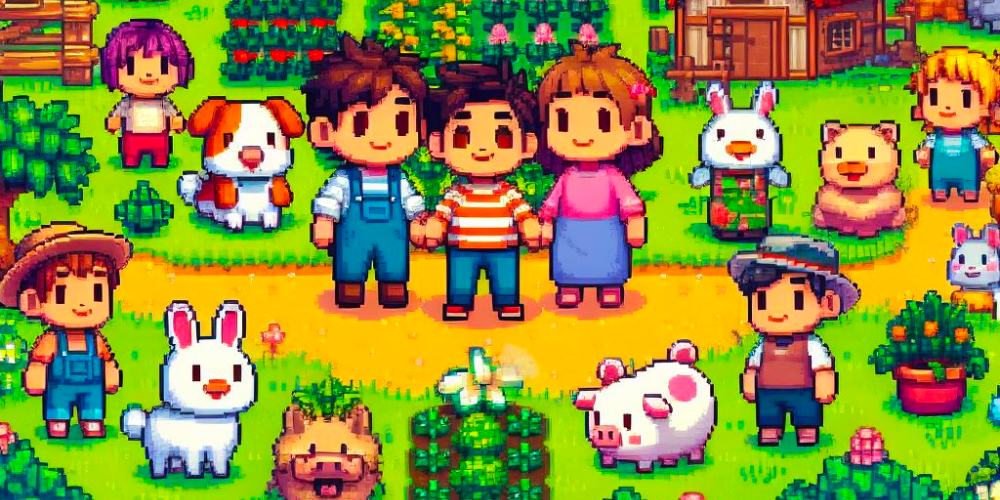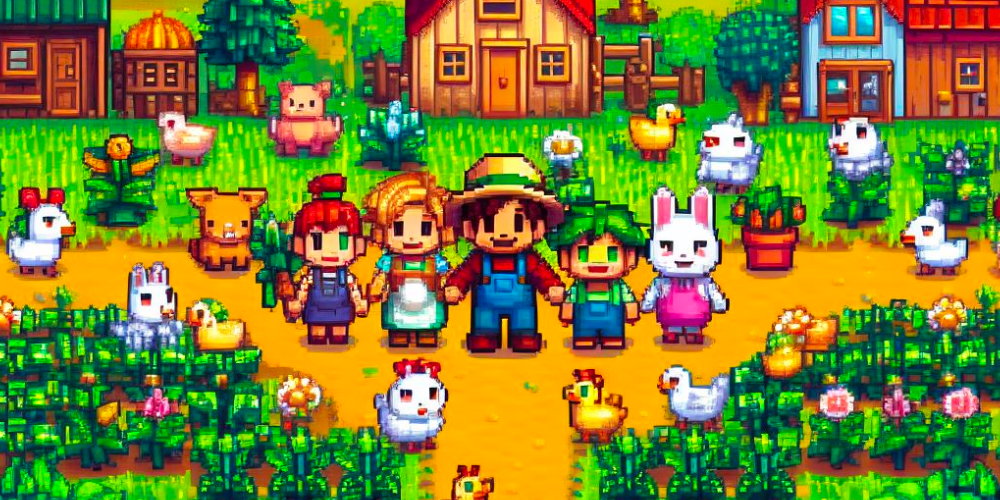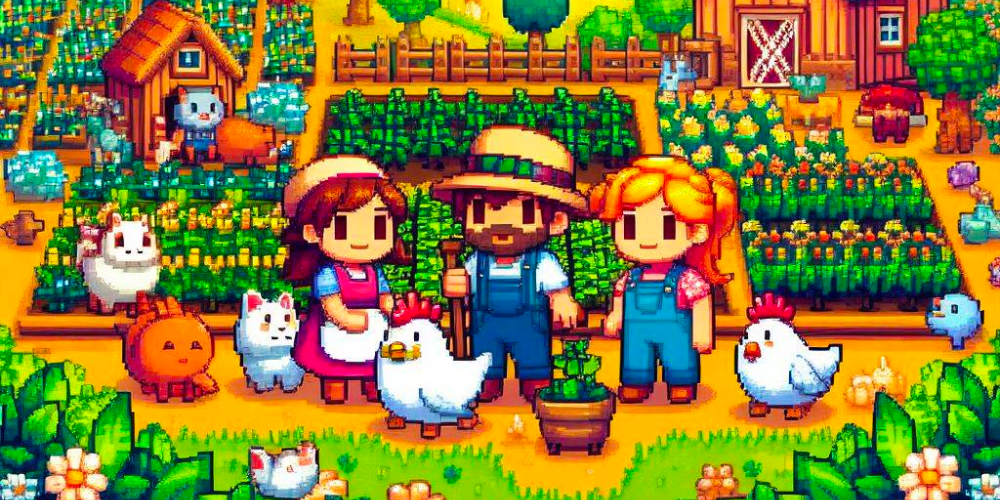Stardew Valley: Maximizing Your Farm’s Potential - A Beginner's Guide

Stardew Valley is an enchanting, open-ended farming simulation game that captivates players with its charming pixel art and deeply engaging gameplay. For newcomers, the vast possibilities of farm life can be overwhelming. This guide aims to lay out foundational strategies to help you harness the full potential of your Stardew Valley farm, making every season profitable and enjoyable.
Understanding the Basics
Before diving into farming, familiarize yourself with the game's basic mechanics, such as planting, watering, harvesting, and the seasonal calendar. Each season lasts 28 days and has specific crops that can grow. Timing is crucial in Stardew Valley, so plan your activities wisely.
Choosing the Right Crops
Not all crops are created equal. Some are more profitable or grow faster than others. Research the best crops for each season to maximize your earnings. Additionally, consider investing in crops that continue to produce after the initial harvest, like berries.

Efficient Farm Layout
Planning your farm layout is essential for maximizing space and efficiency. Ensure you have enough room for crops, barns, coops, and a silo. Leave paths to navigate your farm easily, and consider the placement of scarecrows and sprinklers to protect and water your crops.
Investing in Upgrades
Upgrading your tools and farm structures is critical for growth. Start with your watering can and hoe, as these will directly impact your farming efficiency. Later, upgrading barns and coops will allow for greater livestock production.
Embracing Automation
As you progress, invest in sprinklers to automate watering, allowing more time for other activities. Quality sprinklers can water several tiles at once, drastically reducing daily chores and increasing your farm’s output.

Understanding Livestock
Livestock is a significant investment but pays off with products like milk, eggs, and wool. Treat your animals well by feeding them daily and letting them outside in good weather to increase their happiness and productivity.
Seasonal Foraging
Foraging is a great way to supplement your income, especially in the early stages. Each season offers different items to forage. Learning these can provide a nice boost to your finances and resources.
Utilizing the Greenhouse
Once you unlock the greenhouse, you can grow any crop regardless of the season. This is especially useful for high-value or out-of-season crops, providing a steady income throughout the year.

Exploring the Mines
While not directly related to farming, exploring the mines is necessary for acquiring resources like ores and gems for tool upgrades and crafting. It’s also a good source of additional income.
Fishing for Profits
Fishing is another beneficial activity. Different fish are available in different seasons and weather conditions, offering a useful way to diversify your income and complete community center bundles.
Community Center and Bundles
Completing bundles in the community center can unlock valuable rewards, including tools and upgrades that can enhance your farming capabilities. Prioritize bundles that align with your farm’s development goals.
Mastering the Social Aspect
Building relationships with villagers can lead to helpful tips and gifts and even unlock additional features or quests. Don’t overlook the importance of social engagements amid your farming duties.
Starting a farm in Stardew Valley might seem daunting at first, but with careful planning, efficient practices, and a bit of patience, you can turn your starter plot into a thriving agriculture empire. Remember, every farmer's journey is unique, so explore at your own pace and make the valley your own.







